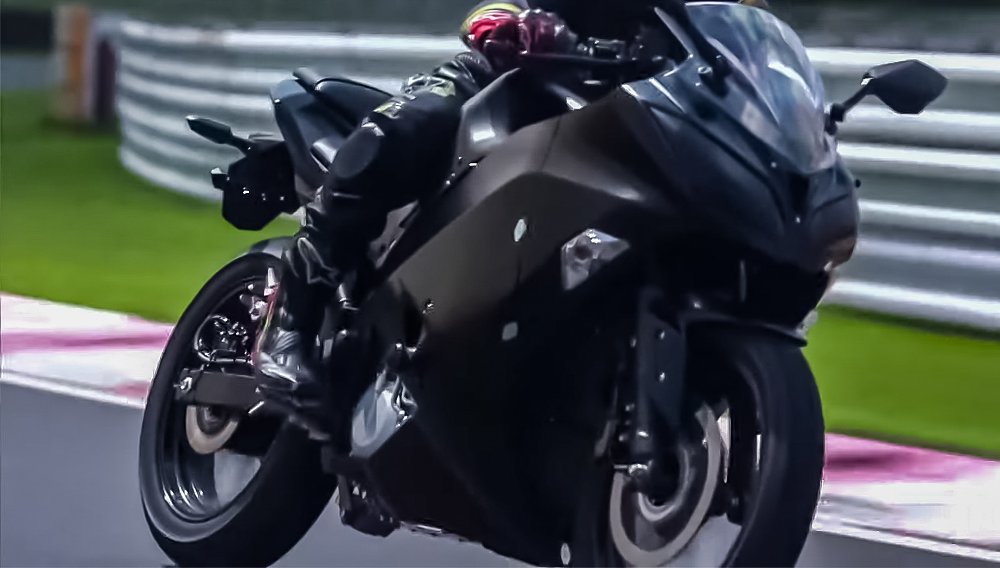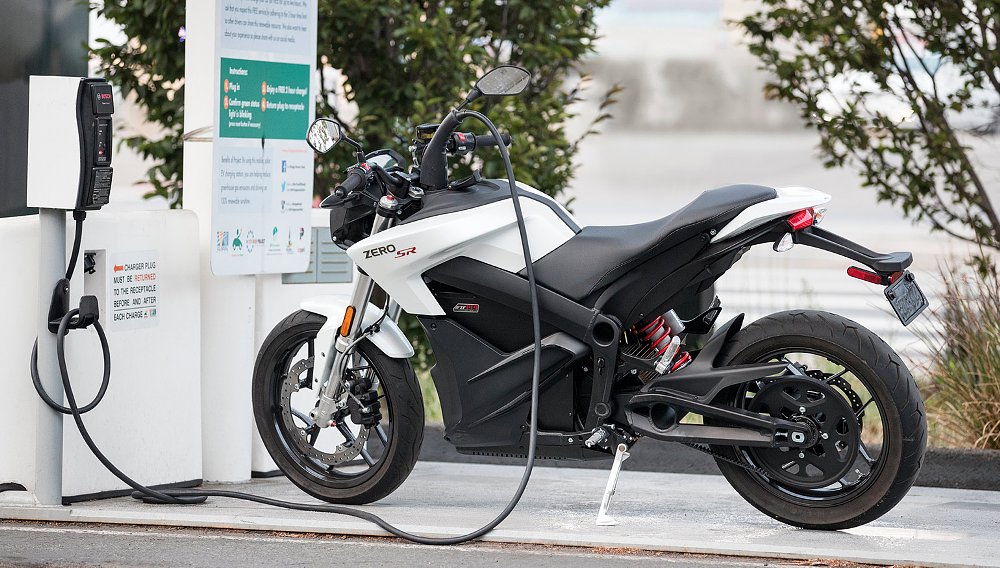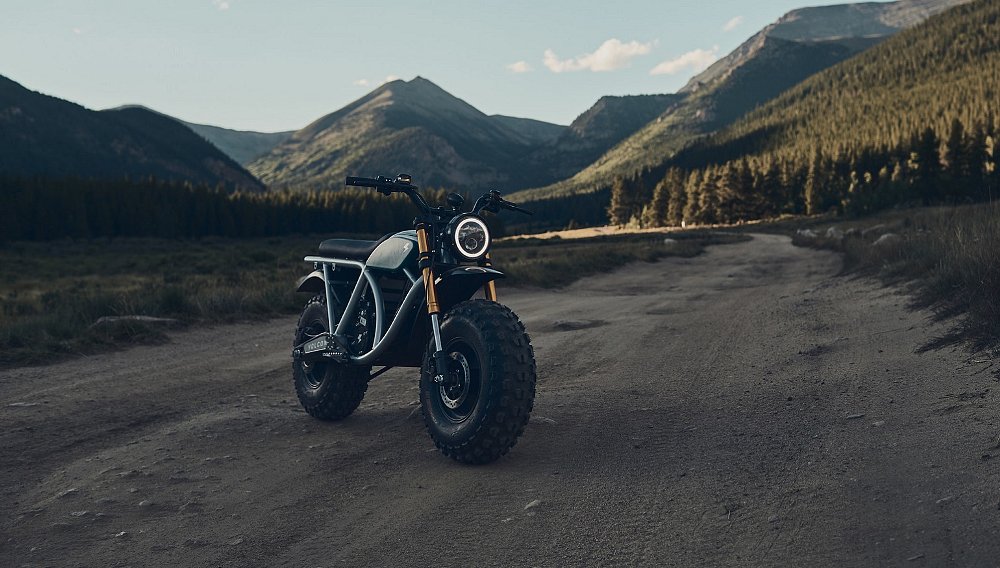You may have seen some headlines suggesting that Kawasaki plans to switch entirely to electric motorcycles within 15 years. Sound ambitious? As usual, there's more nuance below the headlines.
Last year, Kawasaki Heavy Industries announced it was spinning off its Motorcycle and Engines business, which was the only line that sold mass-production products to consumers, instead of to industry. The idea was that an independent business could be more agile in responding to consumer demands and tastes. The recent news reports about Kawasaki Motors, Ltd., the spin-off motorcycle business, were based on a "Business Policy Briefing" posted on the corporation's global web site that outlines some strategies for the new company.
One of those is a greater focus on electric vehicles. The bullet point that got attention stated: "By 2035, go electric (BEV/HEV) with all major models for developed countries." (For those not up on the EV lingo, BEV is a battery-powered and electric-only vehicle while HEV is a hybrid, with both battery power and an engine using fuel.)
While reaching that milestone would be a challenge of transition for Kawasaki, I also see three points for wiggle room. The first is "major models," meaning Kawasaki's flagship bikes in places like the United States and Europe would be electric but they could still sell other internal-combustion motorcycles that aren't of "major" importance. Second, it says in "developed countries," meaning Kawasaki would still be selling inexpensive internal-combustion bikes in parts of the world where the purchase price of an EV is too high or the infrastructure to support one is weak. And third is the basic fact that these are goals and strategies. I may have a goal of doubling my personal income within 10 years and I may even have a strategy for accomplishing that, but there's no guarantee I will.
I didn't pick that analogy by random, either. Another goal in the briefing is for Kawasaki Motors to increase sales from an estimated 410 billion yen in 2021 to one trillion yen by 2030, while also increasing the profit margin. The plan is ambitious in more ways than just electric vehicles.
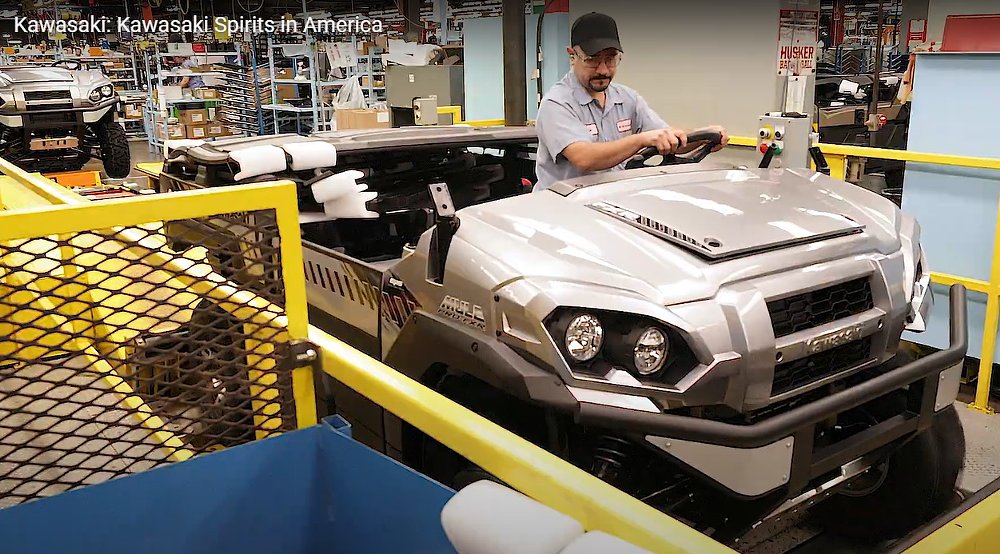
Not just motorcycles
To break down the goals further, Kawasaki plans to introduce 16 new motorcycle models per year and eight new off-road four-wheeler and personal watercraft per year by 2025. Of those, at least 15 are supposed to be electric.
Not surprisingly, Kawasaki sees the off-road four-wheeler market, particularly in the United States, as "The most promising area in terms of prospects for market expansion going forward." As a result, the company's strategy is to "introduce an average of eight new models per year" by 2025 in the four-wheeler segment. To support that, Kawasaki is expanding its factory in Nebraska, where it began building motorcycles in 1975, and is building a new factory in Mexico that is scheduled to begin production in 2023.
Some of those planned new vehicles will definitely be electric. We're starting to see some action in that segment, with Polaris coming out with an electric Ranger later this year and the new company Volcon planning two electric side-by-sides.
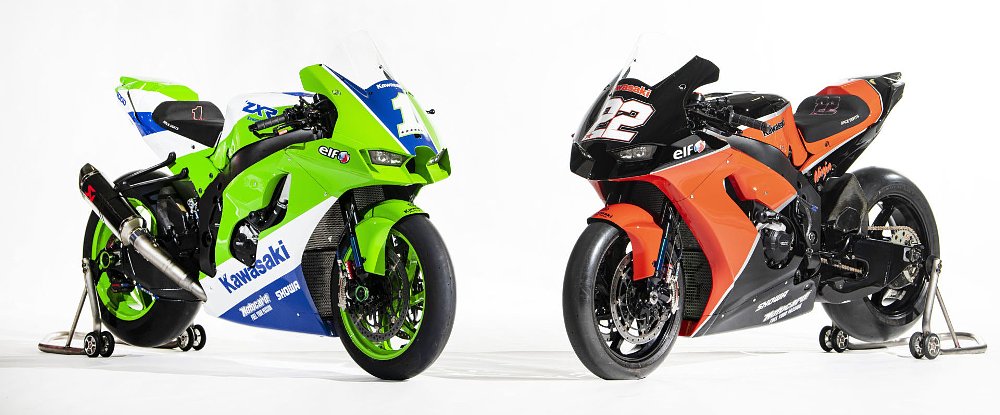
But what about motorcycles? Kawasaki has been working on an electric motorcycle for a long time (two years ago we wrote about a prototype that clearly wasn't ready for consumers at 500 pounds and 27 horsepower) but we've yet to see evidence of a competitive Team Green electric motorcycle. So how is Kawasaki going to accomplish its goal of 15 new electric vehicles by 2025? Well, if they do, I think one hint lies in a phrase buried in the briefing: "making use of outsourcing." If you want to ramp up your EV offerings quickly, the easiest way to do that is to buy someone else's product and put a Kawasaki badge on it.
The goal of 24 new motorcycle and off-road four-wheeler models per year just four years from now is ambitious, especially if most of those are going to be electric models from a company that has yet to sell a single electric vehicle to the public. Again, another example comes to mind of a CEO of a major U.S. motorcycle manufacturer who a few years ago was talking about issuing "100 new models." That CEO is no longer employed by that motorcycle manufacturer.
Let's see if Kawasaki does better at meeting their projections.

 Membership
Membership




